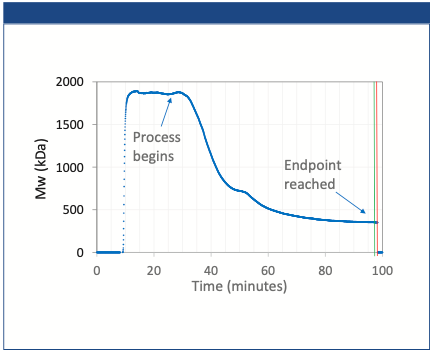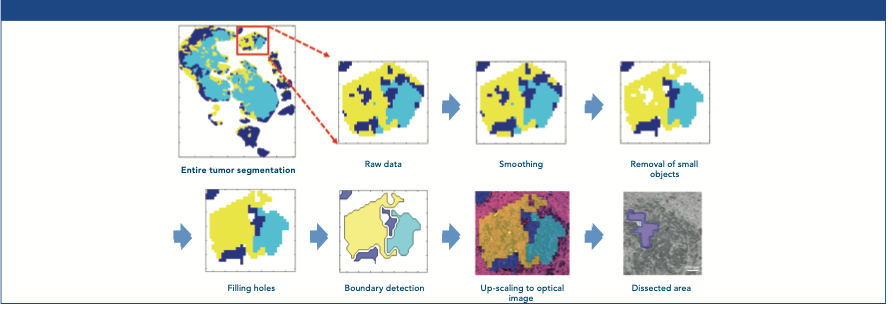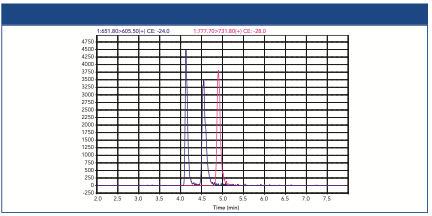UCT - Analysis of Chloroquine, Hydroxychloroquine, and Desethylchloroquine in Urine Using SPE and LC–MS/MS
Since the outbreak of the novel coronavirus (COVID-19) triggered by severe acute respiratory syndrome coronavirus 2 (SARS-CoV-2), controversy over the use of the antimalarial drugs hydroxychloroquine and chloroquine to treat the virus have surfaced. The side effects and multiple risks associated with these medications have not been fully evaluated. This application note describes a simple and robust solid- phase extraction (SPE) procedure for chloroquine, hydroxychloroquine, and the primary metabolite, desethylchloroquine, in urine.

Procedure
Step #1: Sample Prep
To 1 mL of urine, add 1 mL of pH 6 phosphate buffer (0.1M) and internal standards. Then, mix or vortex briefly. Keep in mind that a hydrolysis protocol may be required if conjugated compounds are to be included into the above drug panel.
Step #2: Condition Cartridge
For the condition cartridge, add 1 × 1 mL MeOH and 1 × 1 mL DI H2O.
Step #3: Apply Sample
The next step is to load the sample at 1–2 mL/min.
Step #4: Wash Cartridge
For the wash cartridges, add 1 × 1 mL PH 6 phosphate buffer (0.1M) and 1 × 1 mL MeOH to each. After completing this step, dry the cartridges under full vacuum or pressure for two min.
Step #5: Elute Analytes
For the elute analytes, add 1 × 2 mL MeOH: NH4OH at a ratio of 98:2. Then, collect at 1–2 mL/min.
Step #6: Dry Eluate
To dry the elute, set the temperature to less than 40 °C and evaporate to dryness.
Step #7: Reconstitute
Once the elute is dried, reconstitute sample in 100 μL of mobile phase or other appropriate organic solvent.
Instrumental
This procedure uses the following instruments:
1) LC–MS/MS: Shimadzu LCMS-8050
2) Column: UCT Selectra® DA HPLC Column 100 × 2.1 mm, 3 μm
3) Guard Column: UCT Selectra® DA Guard Column 10×2.1mm,3μm
4) Injection Volume: 5 μL
5) Mobile Phase A: D.I. H2O + 0.1% Formic Acid
6) Mobile Phase B: MeOH + 0.1% Formic Acid
7) Column Flow rate: 0.40 mL/min
Figure 1: Calibration curve of (1, 5, 10, 50, and 100 ng/mL), Avg R2 0.9995.
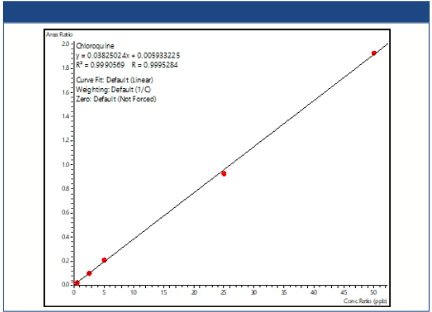
Results
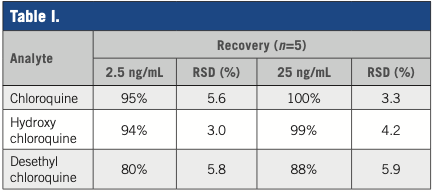
Conclusion
This application note outlines a simple SPE procedure for the analysis of chloroquine, hydroxychloroquine, and the primary metabolite desethylchloroquine in urine using UCT’s Styre Screen DBX polymeric SPE cartridge. Excellent recoveries for all three compounds were obtained using the outlined procedure, namely greater or equal to 80% at the 2.5 ng/mL level and greater than or equal to 95% at the 25ng/mL level. RSD values at both concentration levels were less than or equal to 6%. In addition, the chromatographic separation of these analytes was challenging due to the extreme polarity of all analytes. However, the use of a Selectra DA polyaromatic HPLC column resulted in excellent retention and baseline separation all the compounds included in the method.
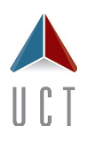
UCT, LLC.
2731 Bertram Road, Bristol, PA 19007 USA
Tel: 800-385-3153
Website: www.unitedchem.com
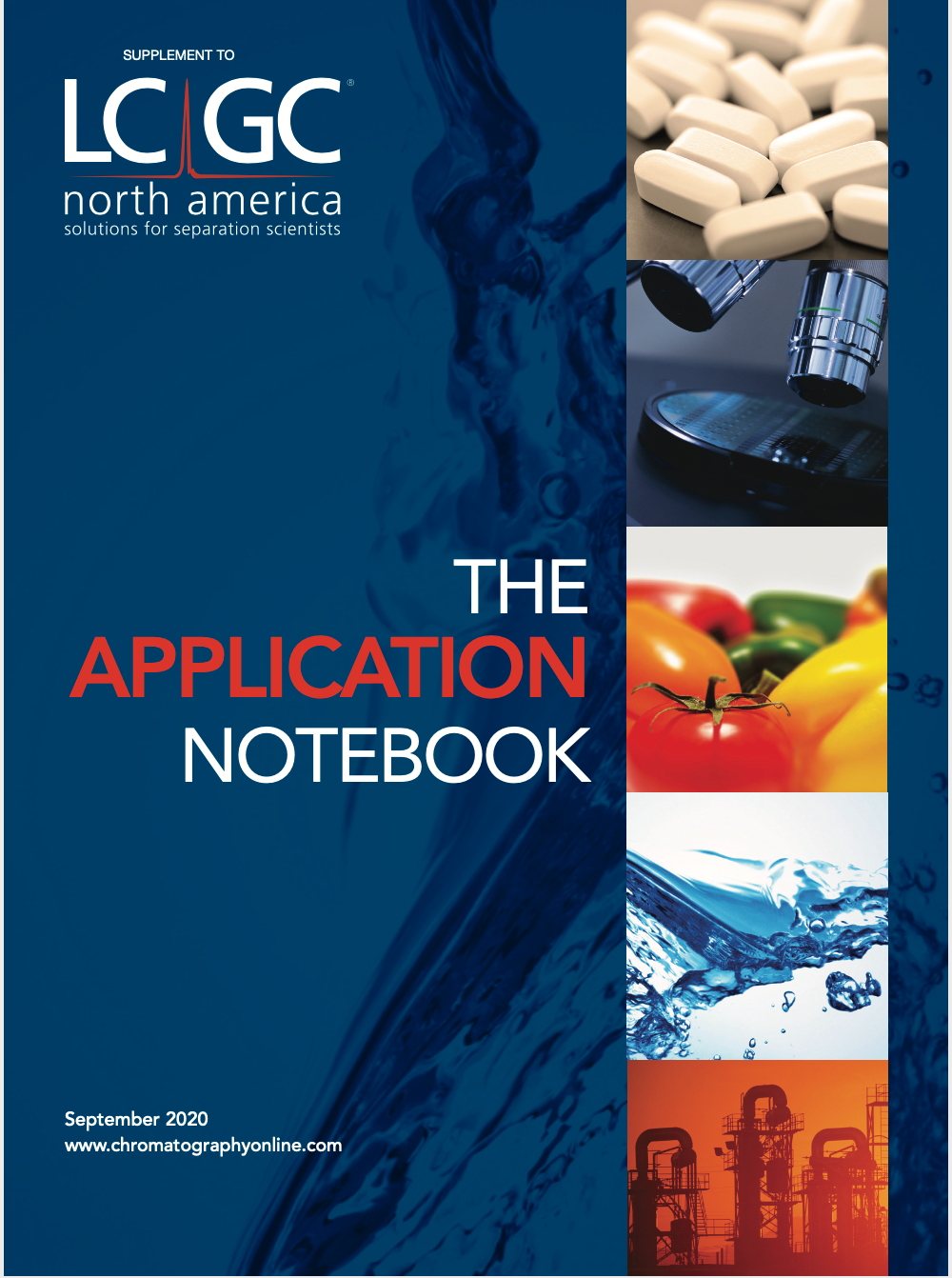
MALDI Guided SpatialOMx® Uncovers Proteomic Profiles in Tumor Subpopulations of Breast Cancer
September 1st 2020The timsTOF fleX system bridges a current gap by providing MALDI Imaging and in-depth proteomics analysis in just one instrument. The instrument offers all benefits of a timsTOF Pro for time-efficient and sensitive proteomics, combined with a high-resolution MALDI source and stage. Using PASEF technology, it is possible to retrieve high protein ID rates with small sample amounts. Here we present the new SpatialOMx® workflow to identify distinct proteomic profiles for different tumor subpopulations in breast cancer as an example for this powerful approach.

.png&w=3840&q=75)

.png&w=3840&q=75)



.png&w=3840&q=75)



.png&w=3840&q=75)
